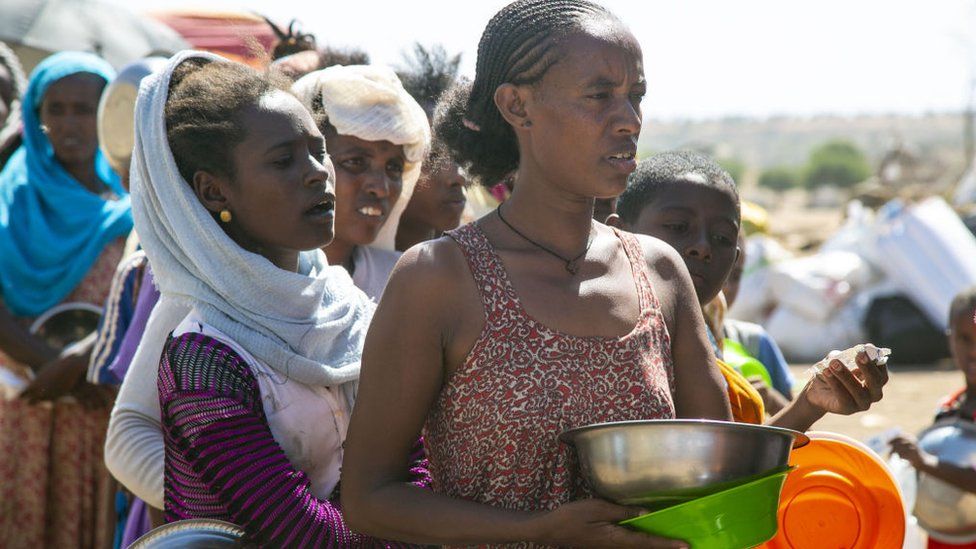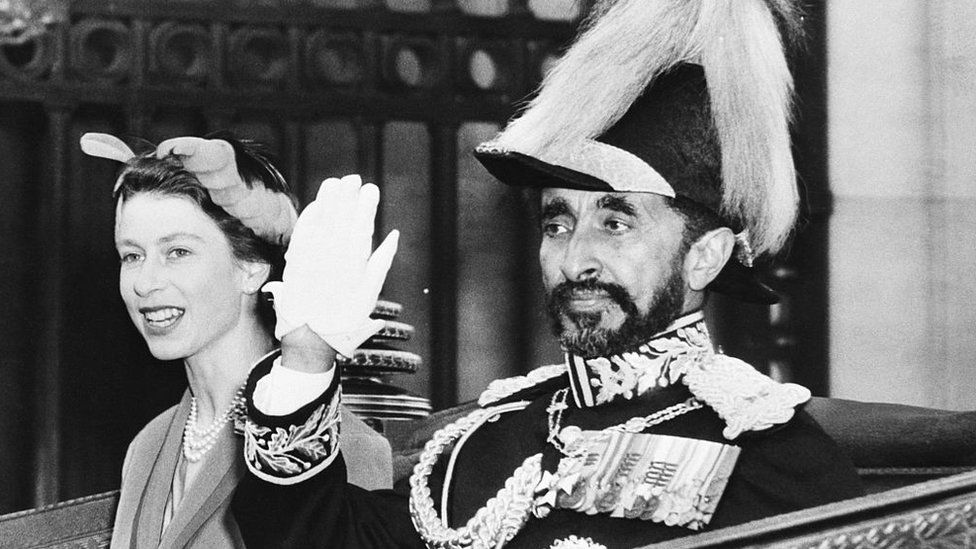
Every day, more and more reports of starvation trickle out of the Tigray region of Ethiopia that has been hit by conflict.
On Wednesday, Mark Lowcock, chief of humanitarian affairs at the United Nations, warned of a deteriorating humanitarian crisis in which aid still wasn’t reaching many affected people.
Earlier in the week, his predecessor Jan Egeland, now head of the Norwegian Refugee Council, was more blunt: “In all my years as an aid worker, I have rarely seen a humanitarian response so impeded and unable to deliver in response for so long, to so many with such pressing needs.”
Mr Egeland went on to say: “The entire aid sector . . . must also recognise our failure to define the scale of the crisis.”
In other words, will the United Nations call out “famine” and if so when?
Farming in Tigray’s rocky soils has long been a precarious endeavour, made worse over the last year by a plague of locusts. At the close of the growing season in September last year, international food security assessments were that 1.6 million of Tigray’s seven million people were relying on food aid to survive.
Conflict broke out on 4 November between forces from the region’s now-ousted ruling party, the Tigray People’s Liberation Front (TPLF), and federal troops following sharp differences over the political make-up of the federal government.

The TPLF opposed the 2019 decision of Prime Minister Aibiy Ahmed to dissolve the ruling coalition, of which it was a part, leading to tensions that spiralled out of control.
The UN is now quietly admitting what others – including the United States – have been saying for weeks, which is that Eritrean troops control much of Tigray. The Ethiopian and Eritrean governments continue to deny this.
Most of Tigray has been sealed off from the world since then. Aid agencies are beginning to send their staff back in, and what they describe is disturbing: hospitals ransacked, people living in fear unable to obtain food or money, deaths from hunger and treatable illnesses.
Some Tigrayans who are able to make phone calls tell of massive looting, burning of crops, and literally millions of people beyond the reach of humanitarian aid.

In a leaked internal memo from 8 January, humanitarian staff from the UN, aid agencies and local government warned that hundreds of thousands were at risk of starving to death. They reported that they could not reach 99% of those in need – a number that aid agencies estimate is 4.5 million – more than 60% of Tigray’s population.
The Ethiopian government insists that these reports are exaggerated at best, and that it has the humanitarian crisis under control. It says that only 2.5 million people are in need and says it can reach almost all of them.
Ethiopia’s history of famine denial
It asks the European Union – its biggest donor – not to be distracted by the “transient challenge” of emergency aid to Tigray, and to continue its generous development aid to the country.
However, there is a history of Ethiopian governments hiding their famines.
In 1973, Jonathan Dimbleby’s film The Unknown Famine exposed mass starvation, hidden from the world by Emperor Haile Selassie. About 200,000 people died in the famine.
The emperor’s callous indifference brought Ethiopians on to the streets to protest and he was overthrown the next year.

In 1984, Tigray and the next-door province of Wollo were the epicentre of another famine, this time caused by a combination of drought and war, that led to between 600,000 and one million deaths.
The Ethiopian government at the time denied the existence of that famine until it was exposed by a BBC film crew, led by Michael Buerk and Mohamed Amin. That news report moved pop star Bob Geldof to record Do They Know It’s Christmas? and provoke a global outpouring of charity.
That famine discredited the military government of Colonel Mengistu Haile Mariam at home and abroad. Ethiopians hated being seen as beggars by the rest of the world.